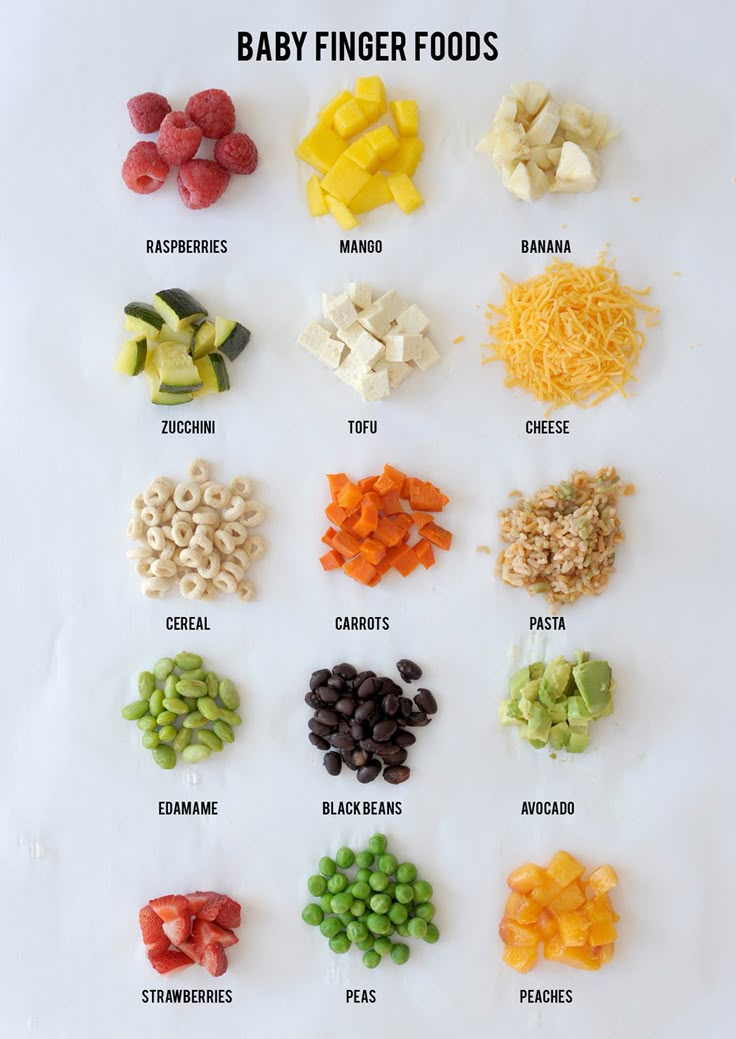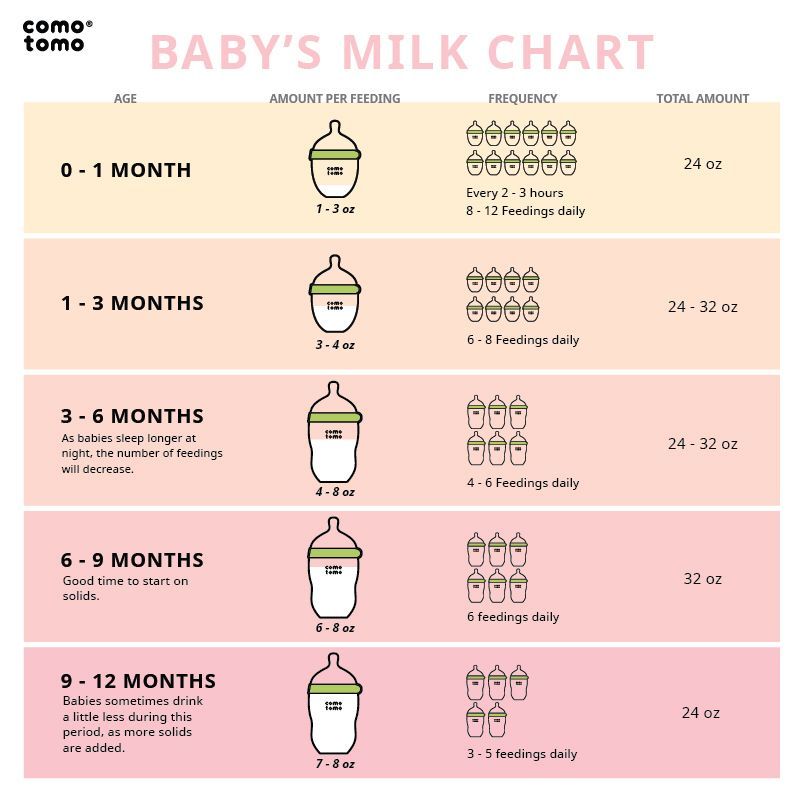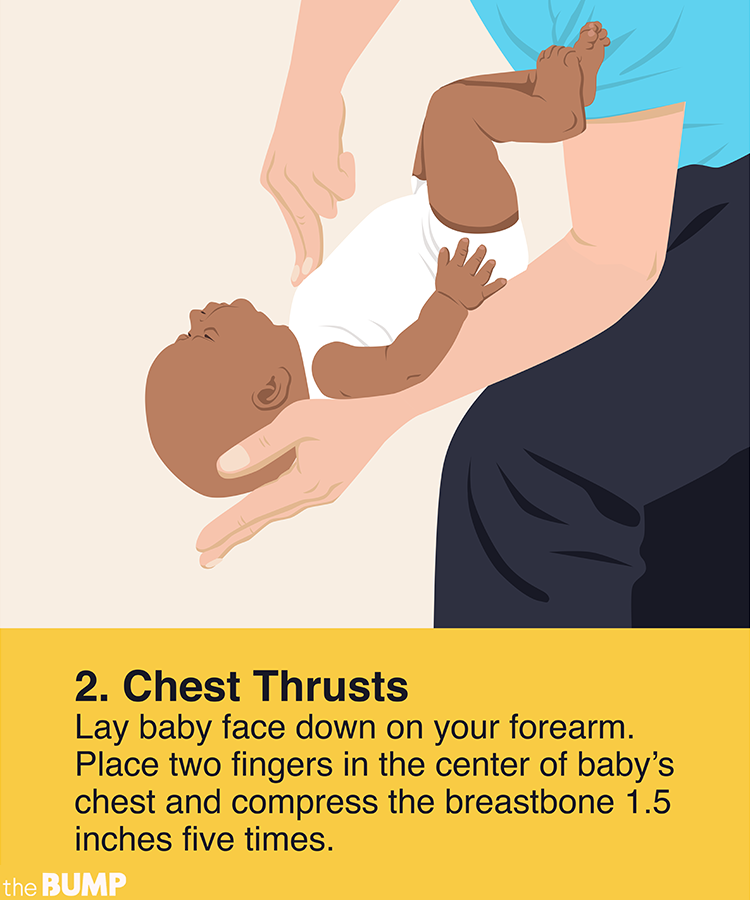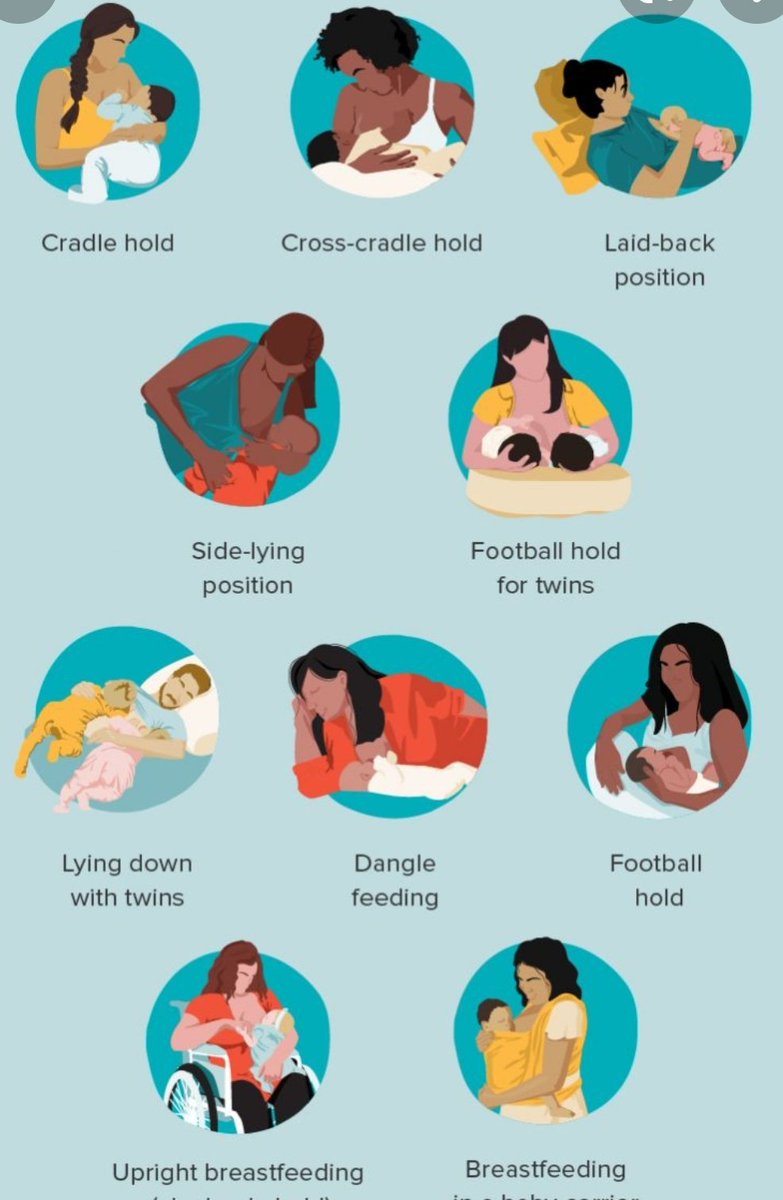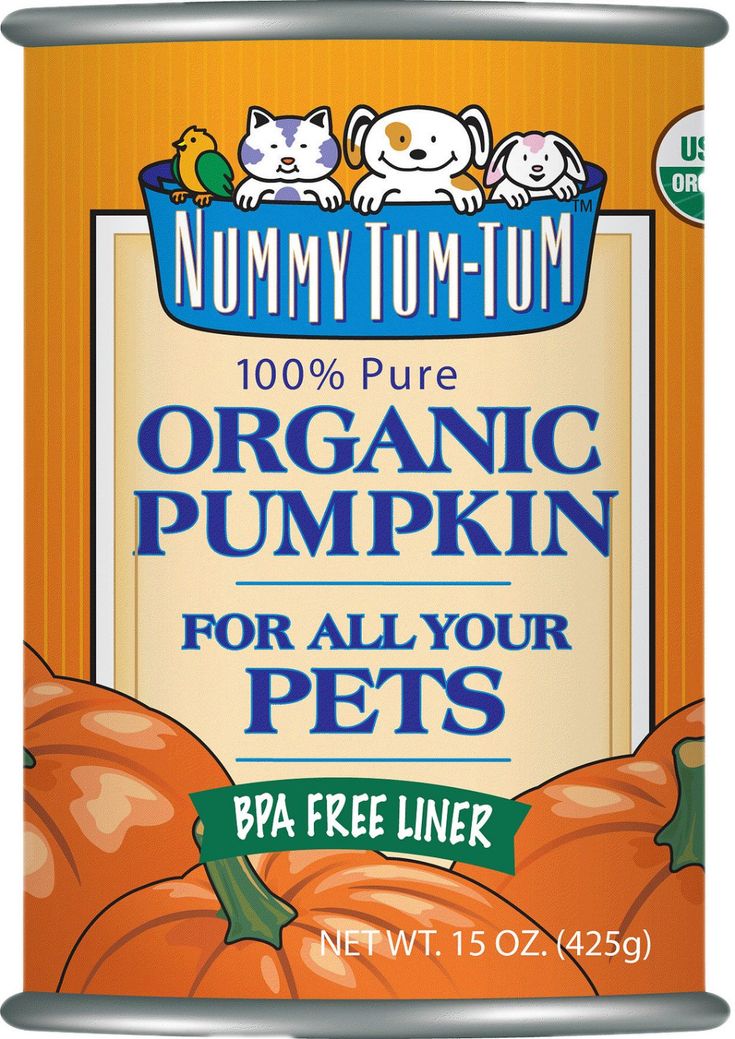Best cheese for baby finger food
Cheese for Baby and Toddlers 101 (BLW and Finger Foods)
Learn how to serve cheese to baby, which varieties are easiest to eat, and which options are considered low-sodium. I give tips for offering cheese for baby-led weaning and as a Stage 3 finger food for babies around 9 months and up.
Cheese for Baby
Cheese is an accessible, nutritious food that’s easy to serve to kids from an early age with a few small tweaks to make sure it’s easy to chew and swallow. There is so much variety in the flavor, texture, and consistency of cheeses, which means there are always new options to try.
You can start offering cheese soon after a baby starts solids, or around 6 months, as long as it’s prepared in a way that’s easy for them to ingest.
Generally, you want to start with very soft cheese that is similar in texture to thick baby foods, such as ricotta, blended cottage cheese, or farmer’s cheese. You can spread creamy goat cheese onto toast sticks or offer it on a spoon.
Then, once a baby is ready for finger foods, you can do soft goat or feta cheese crumbles and soft shredded cheeses like mozzarella and cheddar. Then you can move on to little pieces of cheese or cheese slices.
The main thing to keep in mind with cheese is that you want to avoid any that are hard or in large chunks, both of which could be a choking hazard.
Which cheese Is good for babies?
Soft cheeses including ricotta, farmer’s cheese, goat cheese, cottage cheese, and soft shredded cheeses are great choices for baby starting around 6 months and beyond.
How do I give cheese to babies?
You can offer baby very soft cheeses spread on toast sticks about the same size as your finger, or from a baby spoon. As they get older, you can offer goat cheese crumbles and shredded cheeses. Then progress to small pieces of diced cheese, slices of cheese, and cheese sticks.
Do I need to worry about sodium in cheese?
Salt helps hold moisture in cheese and prevents bacteria growth, so many cheeses are high in sodium—typically around 300-450 mg per serving. That doesn’t mean that we can’t offer cheese to kids, but you may want to consider how much you serve it compared to lower-sodium foods and simply serve it less often.
That doesn’t mean that we can’t offer cheese to kids, but you may want to consider how much you serve it compared to lower-sodium foods and simply serve it less often.
Some cheeses like goat cheese, whole-milk mozzarella, and Swiss cheese are lower in sodium with about 50-100 mg per serving. Goat cheese and mozzarella are nice, soft options for baby, so they’re great choices.
Learn more about babies and salt.
Cheese for Baby: 6 Months
For a baby who’s 6 months old or older, you can offer very soft cheeses like ricotta, cream cheese, farmer’s cheese, or very soft goat cheese from a baby spoon. Or you can spread it on a lightly toasted piece of bread to for baby-led weaning style.
Cheese for Baby: 9 Months
Once a baby is 9 months old, or is able to pick up smaller pieces of food with their fingers, you can offer soft goat cheese crumbles or soft shredded cheeses like mozzarella. These are usually a great early finger food option and Stage 3 baby food.
Cheese for Baby-Led Weaning
To offer cheese to a baby being fed with the baby-led weaning method of starting solids, you can spread a very soft cheese onto a finger-size piece of bread. Or mash it onto a spoon and let baby feed themselves.
(Some people do offer baby a larger piece of cheese, like a cheese slice, though I find those pieces to be a little challenging for most babies to manage at an early age. And it can be wasteful if they only eat a little of that big slice.)
Best Cheese for Baby Finger Foods
Once a baby is around 9 months old, you can offer small pieces of soft cheese crumbles or shredded cheeses.
Over about 12 months old, you can do very small diced cheese. Be sure to cut it small, so it’s roughly the size of two peas or so, to avoid a choking hazard. Avoid using any very firm cheeses, as well.
When a baby is over about 16-18 months old, they may be able to start taking bites from a cheese stick. That may take some practice, so model how to take bites to help them learn how to not take a giant bite and get too much cheese in their mouth at once.
Lower-Lactose Cheeses
According to Harvard, these cheese are lower in lactose and may be easier for some lactose-intolerant people to digest: “Firmer cheeses such as cheddar, mozzarella, and Swiss cheese tend to be lower in lactose.” And they add that creamy cheeses—such as cottage cheese, ricotta, and cream cheese are higher in lactose and may be harder to digest if there’s an issue with lactose.
Baby-Friendly Recipes with Cheese
If you want to try cooking with cheese, these are some favorite recipes to share with babies and toddlers—especially 1-year-olds. Click the “get the recipe” button for more info on each idea.
Easy Cheesy Rice (with Veggies!)
Choose one veggie to add from the flavor options below according to what you have on hand or what your family likes best.
Get the recipe
Easy Cheese Waffles
Mix up your usual waffles with this savory version of Cheese Waffles.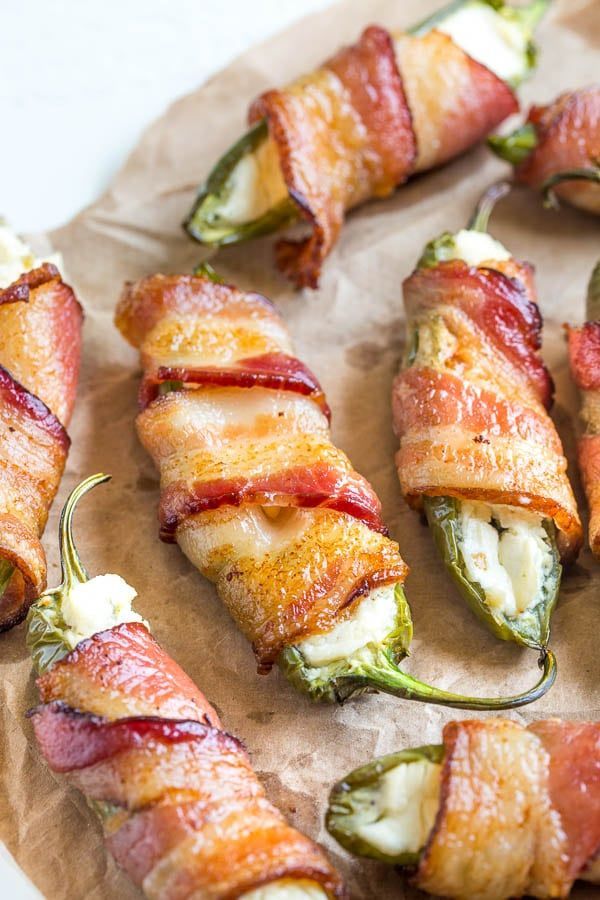 It's an easy kids lunch that can also double as breakfast or dinner too! Try them plain or with a simple dip of salsa or warmed marinara or pizza sauce.
It's an easy kids lunch that can also double as breakfast or dinner too! Try them plain or with a simple dip of salsa or warmed marinara or pizza sauce.
Get the recipe
Easy Quinoa Patties (Favorite Quinoa Cakes)
These quick Quinoa Patties are a delicious way to serve quinoa to kids—and adults! Plan to make the quinoa ahead of time so these come together in minutes.
Get the recipe
Homemade Cheese Crackers
Try to get them about 1/4-inch thick so they bake uniformly. If your milk, cheese, and butter are cold the dough should be easy to roll out between parchment paper. (If the dough seems too sticky, stick it into the fridge for 5-10 minutes.)
Get the recipe
Pizza Muffins (with Veggies!)
These work well to make ahead and warm up for an easy lunch or dinner.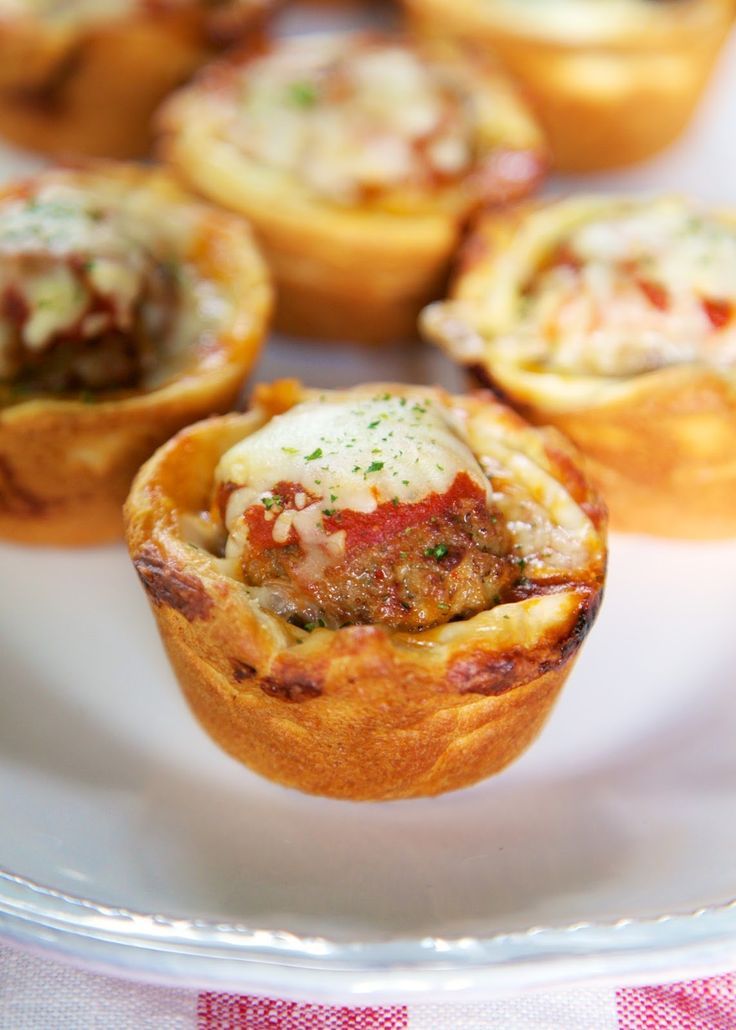 These taste best served warm.
These taste best served warm.
Get the recipe
Easy Veggie Muffins
I like to grate the carrot on a box grater and cut the top of each broccoli floret off and finely dice with a knife. Avoid the stems since they won’t blend into the batter as well.
Get the recipe
4-Ingredient Baked Chicken Meatballs
Serve with Marinara sauce, Pesto, Cheese Sauce, or with a side of ketchup or any other favorite dip. We like to have these on hand to use an easy lunch component or have them with pasta.
Get the recipe
Easy Spinach Grilled Cheese
You can also do this with full size spinach if that's what you're able to find. Just discard any stems before starting the recipe.
Get the recipe
Creamy Pasta with Broccoli
Feel free to cut this recipe in half to make a smaller portion for your family. (Or make the full batch and enjoy the leftovers!)
(Or make the full batch and enjoy the leftovers!)
Get the recipe
Creamy Vanilla Cottage Cheese Dip
With a smooth and creamy texture and a nice amount of protein and fats to fuel little bodies, this cottage cheese blend is perfect for spreading or dipping.
Get the recipe
Peach Banana Smoothie (with Cottage Cheese)
This simple smoothie is easy to make and is super creamy without many ingredients. You can even share it with your kiddo! Be sure to blend it very well to ensure the best creamy texture.
Get the recipe
Easy Cottage Cheese Pancakes (to Share with the Kids)
These 4 ingredient pancakes are packed with nutrients and are so yummy. Double the ingredients to make a larger batch to feed a family of four as this recipe is on the smaller side.
Get the recipe
Best Tips for Babies and Cheese
- Start with very soft cheeses to avoid choking hazards.
- Spread ricotta, cream cheese, or cottage cheese onto finger-size toast sticks or offer a pre-loaded spoon to a baby doing baby-led weaning.
- Offer soft cheese crumbles or shredded cheese starting around 9 months as an early finger food.
- Offer very small pieces of soft diced cheeses in the 12- to 14-month range.
- Offer a whole cheese stick or slice, modeling how to take bites, in the 16- to 18-month range.
- Choose lower-sodium cheeses like goat cheese and whole milk mozzarella if you are concerned about sodium intake.
- You may also like Baked Apple Slices, Quinoa Cereal, Apple Puree, Banana Puree, and Carrot Puree.
I’d love to hear your feedback on this post, so please comment below to share!
When babies can eat cheese, and how to serve cheese to babies
Most babies can have softer cheeses as soon as they're used to chewing or gumming other solid foods, usually around 6 to 9 months.
Cheese is a healthy food for babies – it's a good source of protein and calcium. It also has phosphorus and vitamins B12 and A.
But keep in mind that cheese is a common choking hazard for babies, so don't give them large chunks of hard cheese to eat.
The best cheese for babies
The best types of cheese for early eaters are fresh mozzarella, ricotta, mild goat cheese, and other soft cheeses. Harder cheeses like cheddar can be introduced once your baby is a more experienced chewer.
Some processed cheeses (like American cheese) are high in sodium and offer less nutrition, so try to stick with less-processed cheese that's lower in sodium. Also, avoid low-fat cheeses and opt for cheeses that are made from whole milk, since babies need healthy fats to support their development.
Make sure any cheese you give your child is pasteurized. (It will say so on the product label.) Cheese made with unpasteurized (or raw) milk isn't safe for babies because it could be contaminated with listeria monocytogenes, a form of bacteria that can cause fatal foodborne illness, especially in infants.
The vast majority of the cheese you'll find in grocery stores in the United States is pasteurized. If you buy imported cheese or locally made cheese from a farmer's market, ask if it's pasteurized before giving it to your baby.
Can babies be allergic to cheese?
If your baby has chronic eczema or a food allergy, talk to their doctor before giving them cheese. Cheese isn't one of the top allergenic foods, but it can still cause allergies because it contains milk protein.
Experts say most babies can start eating cheese after a few traditional solid foods (such as baby cereal, pureed meat, vegetables, and fruits) have been introduced without an allergic reaction. Even children with mild eczema or a family history of food allergies or asthma can eat cheese as long as they tolerate more common foods first.
Advertisement | page continues below
When introducing a new food, give it to your baby at home, rather than at daycare or a restaurant. Serve it for three to five days before offering something else; that way you can monitor for a reaction and know what's likely causing it.
Signs of a food allergy include hives, itchy skin rashes, swelling, nausea, vomiting, diarrhea, and pale skin. If you notice any of these symptoms in your baby, let their doctor know. If your baby has symptoms that involve multiple parts of the body (such as hives with vomiting or diarrhea), it could be an anaphylactic reaction.
Other signs of an anaphylactic reaction are throat tightness, breathing problems, wheezing, lightheadedness, and loss of consciousness. If your baby shows signs of an anaphylactic reaction after eating cheese, call 911 or go to an emergency room immediately.
Lactose intolerance is different from a dairy allergy (it's a digestive response, rather than an immune response), but there isn't very much lactose in cheese, so babies don't usually have trouble digesting it.
While cheese is fine for babies, wait until your baby's a year old before giving them cow's milk. It's difficult for babies to digest, and doesn't have the right amounts of various nutrients babies need.
How to serve cheese to your baby
To prevent choking, at first offer only softer cheeses such as little mounds of ricotta or low sodium cottage cheese to your baby. As your baby gets older, you can serve grated, slightly firmer cheeses such as mild cheddar or Swiss.
Once your baby is an experienced chewer, you can give them bite-sized cubes of cheese along with other finger foods, like crackers, chopped hard-boiled eggs, and berries.
Try these baby food recipes with cheese:
- Pasta with spinach and ricotta
- Broccoli and cauliflower cheese
What kind of cheese and when can children: at what age can cheese be given to a child
05/14/2020 16732
Can. Just consider variety restrictions when choosing which cheese to give your child. nine0002
Just consider variety restrictions when choosing which cheese to give your child. nine0002 No cheese allowed *, **:
- sharp
- with mold
- fused
- smoked
- with additives: spices, nuts, dried vegetables
Why not with mold – is it edible? Cheese mold often causes an allergic reaction.
What kind of cheese can children have?
Best Mild Durum:- Russian
- Kostroma
- Parmesan
- Cheddar
- Gouda
- Edam
- Maasdam ***.
What the cheese contains:
- Protein
- Milk fat
- Calcium
- Vitamins A, B1, B2, B12
Cheese is good because it contains a lot of protein and calcium. At the same time, cheese has a high salt content for a child. Curd cheese has less salt - for a change, you can offer it to your baby instead of cottage cheese if the child is over 1 year old.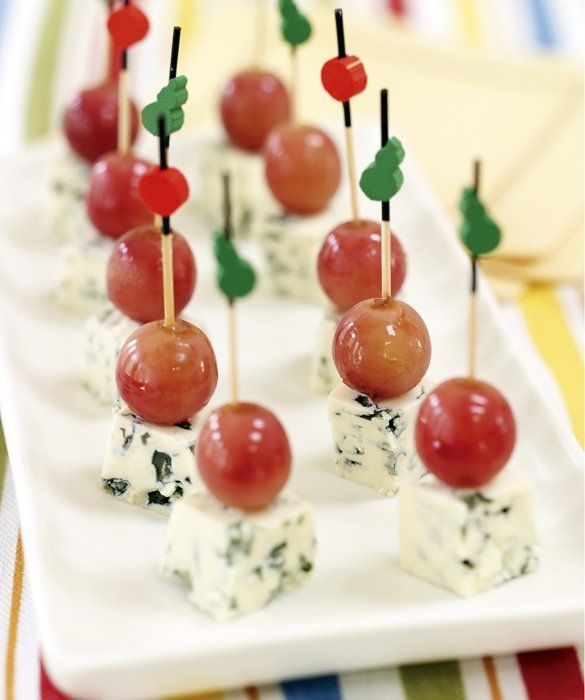 nine0010 Cheese is also produced specifically for baby food ****. It contains less salt and is also less fat compared to the "adult" product.
nine0010 Cheese is also produced specifically for baby food ****. It contains less salt and is also less fat compared to the "adult" product.
Cheese for children - at what age?
From 1 year you can give about 5 g per day. This is a thin slice for 1/3-1/4 of a piece of bread**.
What's the point of such a small piece?
Food is more than just nutrients to grow or stay active. When you eat tasty and varied, you get pleasure. Pleasure causes anticipation: what will be so appetizing for breakfast, lunch or dinner? Therefore, new flavors can improve the baby's appetite. nine0002 For an unusual twist on your sandwich, cut the cheese into a flower, car, or other shape using a small cookie cutter. Invite your child to cook it with you. So that the baby chews the cheese better and does not choke, you can rub the cheese on a sandwich. In addition to being a sandwich addition, cheese can be rubbed into pasta. A full teaspoon of grated cheese weighs approximately 10 g**.
The amount of cheese in dishes is allowed to be increased from 3 years old, if the child likes it.
But it also happens that cheese is impossible.
Who can't have cheese. If your baby cannot eat dairy products due to allergies, then cheese is absolutely forbidden to him.
Even if there is no allergy to milk protein, give a very small piece to try for the first time. Gradual familiarity with any food will save the child from a strong reaction to it.
Therefore, choose this product without any additives or additional processing when deciding whether or not a child can have cheese. The principle “the simpler the better” works here. nine0008
Sources:
* https://cyberleninka.ru/article/n/sovremennye-podhody-k-pitaniyu-detey-ot-odnogo-goda-do-treh-let/vi...
** http://www.pediatr-russia.ru/sites/default/files/nacprog1-3(2019).pdf
*** https://ria.ru/20130206/920873888.html
**** https://allgosts.ru/67/100/gost_33631-2015
(0 ratings; article rating 0)
Is cheese good for children? Cheese in baby food.
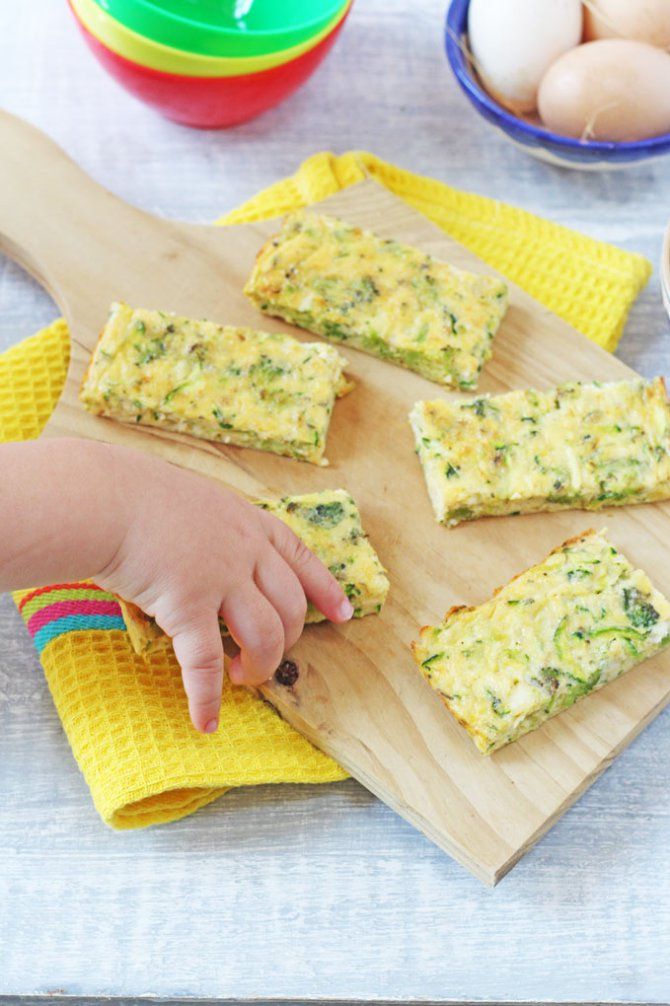 When and what kind of cheese can be given to children. nine0001
When and what kind of cheese can be given to children. nine0001 Cheese is a valuable, nutritious, healthy dairy product for people of all ages. It contains many useful substances in its composition and is able to have a positive effect on the adult and especially the children's body.
Is cheese good for children?
Cheeses contain the following useful substances:
- proteins and amino acids - they contribute to the formation of tissues, growth and development of the child's body;
- calcium - it ensures the strength of tooth enamel and the entire tooth as a whole, the strength of nails and bones, the healthy condition of the skin and hair; nine0016
- vitamins A and E, which have antioxidant properties - they increase the child's local and general immunity, remove radionuclides and toxic substances from the body;
- fatty acids - provide a healthy skin condition and contribute to the normal functioning of the brain;
Cheeses can completely satisfy a child's hunger, give a feeling of satiety in a short time, charge the baby with a boost of energy.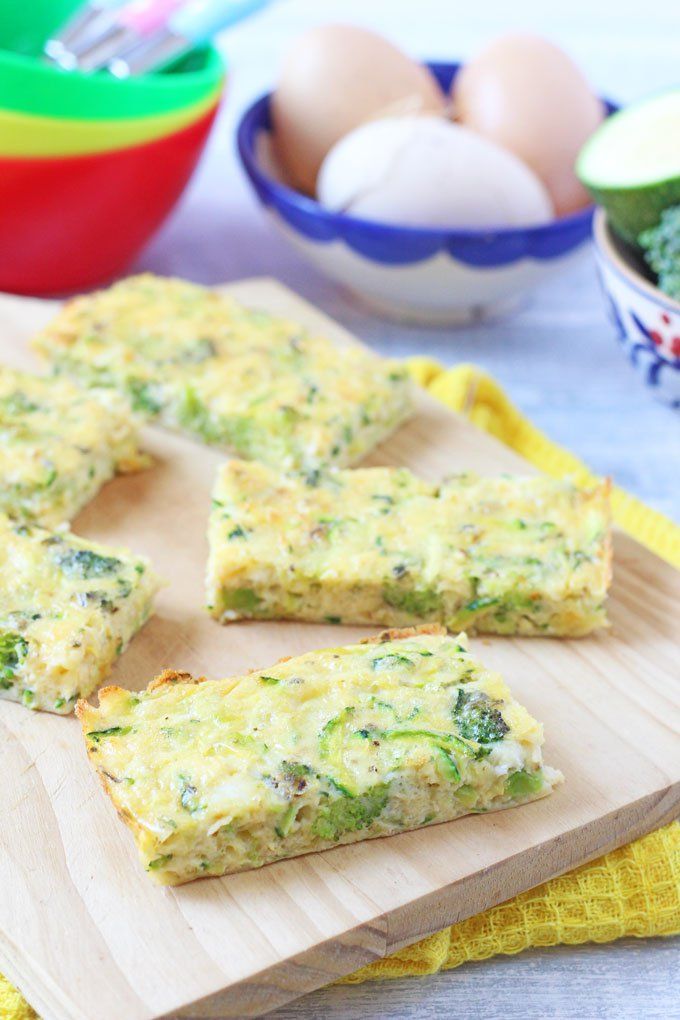 Eating cheese regularly has a beneficial effect on vision and allows the child to gain weight when it is deficient. Regular chewing of cheese forms the correct development of the jaw apparatus. The presence of cheese in the children's diet allows you to diversify the children's menu, expand the child's taste sensations. It is recommended for children suffering from lactase deficiency - it removes all excess milk sugar (lactose) from the child's body. nine0008
Eating cheese regularly has a beneficial effect on vision and allows the child to gain weight when it is deficient. Regular chewing of cheese forms the correct development of the jaw apparatus. The presence of cheese in the children's diet allows you to diversify the children's menu, expand the child's taste sensations. It is recommended for children suffering from lactase deficiency - it removes all excess milk sugar (lactose) from the child's body. nine0008
When to introduce cheese into a child's diet
Cheese is not recommended for infants. And after the child reaches 6 months, cottage cheese can be introduced into his diet.
The first acquaintance of the baby with cheese (hard varieties) should occur no earlier than he is 10-11 months old. For a child at this age, cheese is served as complementary foods - this will allow you not to overload the child's gastrointestinal tract with a product with a high content of animal protein.
In a child who has reached the age of 12 months, the digestive system is stabilized, the intestinal walls and immunity are strengthened, the pancreas begins to produce the necessary enzymes in sufficient quantities. And also, at this age, the risk of spreading various pathogenic bacteria in the blood is reduced, the possibility of an allergic reaction to an unfamiliar product is minimized. Therefore, a child who has reached the age of 1 year can be introduced into the diet of cheese on an ongoing basis. nine0008
And also, at this age, the risk of spreading various pathogenic bacteria in the blood is reduced, the possibility of an allergic reaction to an unfamiliar product is minimized. Therefore, a child who has reached the age of 1 year can be introduced into the diet of cheese on an ongoing basis. nine0008
Consumption rates
It is recommended that a child aged 1-1.5 years be given a portion of cheese equal to 5 grams. And this should be done no more than 2-3 times a week.
For a child aged 1.5-2 years, a single dose of the product can be increased up to 15 grams. And for a child aged 2-4 years, a single dose should be increased to 20 grams and given 2-3 times a week.
What to serve a child with cheese
For a child under the age of 4, cheese is recommended to be served grated. It can be combined with various dishes (vegetables, casseroles, scrambled eggs). At the same time, it is important not to salt the dishes served with cheese. It is also not recommended to combine cheese with butter or a meat dish.